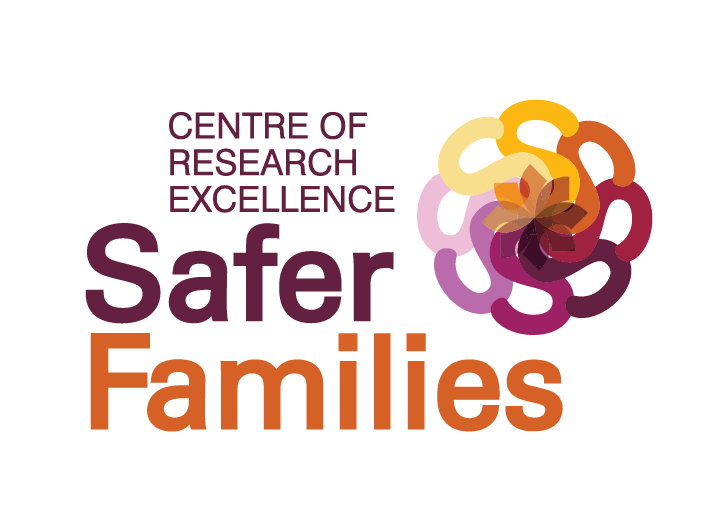Health system model to address family violence in primary care
What has this project achieved so far?
In 2020, the Commonwealth funded The Readiness Program which consists of improving workforce capability and linking primary care and family violence providers to improve pathways to safety and care.
Since 2019, The Commonwealth funded six PHNs to undertake pilot projects which have different elements of the model with Brisbane South PHN functioning in a coordinating role with their Recognise, Respond, Refer Model. Safer Families Centre has worked with three of the six PHNs during this time at various levels. Safer Families Centre currently supports the model in the North West Melbourne PHN, with whom University of Melbourne has worked with since 2013.
Background to model
In 2018, Safer Families Centre developed a Sustainable Primary Care Family Violence Model (see figure). The model is based on strong evidence from trials in primary care in Australia and the UK; practitioners and victim survivor’s voices and existing curriculum. It has been used to develop the existing Pathways to Safety model used by Primary Health Networks in parts of Australia.
The Sustainable Primary Care Family Violence Model promotes integrated, interdisciplinary and sustainable supports.
Key elements of the model
Clear leadership and governance arrangements required for system change.
Linked primary care and family violence providers by practice support from a clinical lead and a family violence worker undertaking secondary consultations.
Coordinated referrals by engaging a network of primary care and specialised organisations (family violence, sexual assault, child protection) in a geographical catchment to deliver a joined-up response. Clear referral protocols and pathways coordinated by the family violence worker will ensure all members of the family are guided to seek help.
Improved workforce capability through whole-of-organisation based support, resourcing and primary care training (by the clinical lead and family violence worker) to improve knowledge, skills, and confidence of both clinical and non-clinical staff to identify and respond to family violence.
Feedback, evaluation and improvement systems essential to any sustainable program, ensuring that constant improvements are shaped by timely feedback and local evidence.
Watch Prof Kelsey Hegarty talk about the Sustainable Primary Care Family Violence Model
The evidence
The following two randomised controlled trials (WEAVE and IRIS) undertaken by investigators from the Safer Families Centre (see box below) form the predominant basis of the Sustainable Primary Care Family Violence Model we use.
Expected Outcomes
Through the implementation of the Sustainable Primary Care Family Violence Model utilising The Readiness Program and our Pathways to Safety training program, Safer Families Centre hopes to achieve the following outcomes:
Better resourced and supported primary care services and health practitioners.
Increased identification and improved risk assessment for family violence.
Increased and more-timely disclosure and referral of women, men and children affected by family violence.
Improved family health and functioning.
Improved family safety and reduced family violence.




